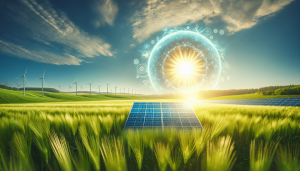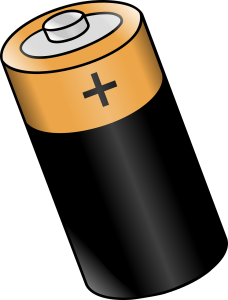In our journey toward a more sustainable future, we all have a crucial role to play. “How Can I Switch To Green Energy At Home?” guides us through the simple yet impactful steps we can take to reduce our carbon footprint and embrace renewable energy sources. From exploring solar panel options to understanding the benefits of wind energy, this article offers a comprehensive roadmap to making our households greener and more energy-efficient. Together, we can make a difference for our planet and future generations. How Can I Switch To Green Energy At Home?
Have you ever wondered how you can switch to green energy at home? We totally get it. The idea of reducing our carbon footprint and being more eco-friendly is something we’re all starting to think about more and more. So how do we make the change? Let’s dive in together to explore the ways we can transform our homes into models of green energy efficiency.
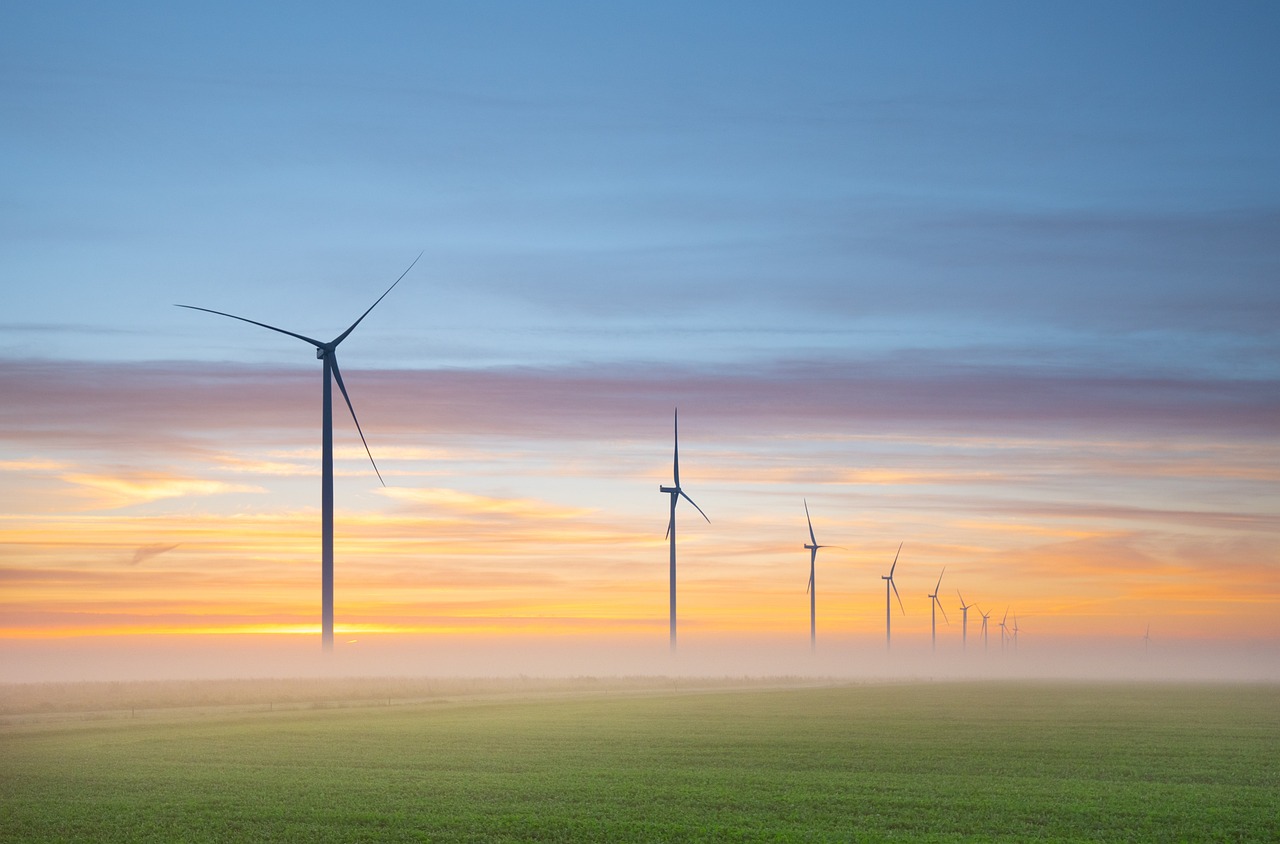
Understanding Green Energy
Before we start making changes, it’s important to understand what green energy is. Green energy is derived from natural sources like sunlight, wind, and water. Unlike fossil fuels, green energy won’t run out and doesn’t harm the environment. It’s renewable and sustainable, making it a great alternative for our homes.
Types of Green Energy
There are several types of green energy we can utilize at home:
- Solar Energy: Harnessing the power of the sun through solar panels.
- Wind Energy: Using wind turbines to generate electricity.
- Hydropower: Leveraging the flow of water.
- Geothermal Energy: Using heat from within the Earth.
- Biomass Energy: Organic materials used as fuel.
Each of these has its own set of benefits and potential applications, so let’s explore them further.
Benefits of Switching to Green Energy
Switching to green energy isn’t just about doing our part for the environment. Here are a few reasons why it’s worth considering:
- Environmentally Friendly: It reduces greenhouse gas emissions.
- Cost Savings: While there might be initial setup costs, we can save money in the long run due to lower utility bills.
- Energy Independence: Producing our own energy makes us less dependent on the grid and more self-sufficient.
- Property Value: Homes with green energy systems installed often have higher property values.
How to Assess Your Energy Needs
Before we decide on the best green energy solution, it’s crucial to assess our current energy usage and needs. This helps us choose the most suitable option and ensures we don’t overspend on services or equipment we don’t need.
Conducting an Energy Audit
An energy audit can help us understand where we can save energy and what appliances consume the most. Here’s a simple way to perform a basic energy audit at home:
- Check Your Utility Bills: Look at your energy consumption over the past year.
- Inspect Insulation: Check areas like the attic, walls, and floors.
- Evaluate Appliances: List down all major appliances and their energy ratings.
- Check for Leaks: Inspect doors and windows for drafts.
Understanding Peak Energy Times
Knowing when we use the most energy can help us identify opportunities to shift usage patterns or make upgrades. Peak times can vary based on seasons and lifestyle.
- Summer Peaks: Air conditioning units running during the hottest parts of the day.
- Winter Peaks: Heating systems working overtime during cold snaps.
Calculating Our Energy Footprint
We can use online calculators or work with a professional auditor to determine our home’s energy footprint. This value will guide our decisions on what type of green energy solutions to implement.
Exploring Solar Energy
Solar energy is one of the most accessible forms of green energy for residential use. It involves installing solar panels that capture sunlight and convert it into electricity.
Benefits of Solar Energy
The advantages of solar energy are numerous:
- Renewable Source: Sunlight is abundant and free.
- Reduced Electricity Bills: Generate your own electricity and cut down on energy costs.
- Low Maintenance: Solar panels require minimal maintenance.
- Incentives and Rebates: Various governments offer incentives to reduce installation costs.
Solar Panel Installation
There are some key considerations and steps involved in installing solar panels:
- Assess Roof Suitability: Make sure your roof gets enough sunlight and is in good condition.
- Choose the Right Panels: Polycrystalline vs. Monocrystalline – Understand the differences.
- Hire a Professional Installer: Ensure the system is set up correctly and safely.
- Connect to the Grid: Decide if you want a grid-tied system for added security.
Financial Incentives for Solar Energy
Various financial incentives can help reduce the initial cost of solar panel installation. These include:
| Incentive Type | Description |
|---|---|
| Federal Tax Credits | Tax reductions on installation costs. |
| State Incentives | Additional tax relief or rebates depending on location. |
| Net Metering | Selling excess energy back to the grid. |
| Solar Renewable Energy Credits (SRECs) | Earn credits for generated power. |
Harnessing Wind Energy
Wind energy is another excellent option, especially if we live in a windy area. Small wind turbines can be installed on properties to produce electricity.
Benefits of Wind Energy
Wind energy offers several benefits:
- Renewable and Clean: Wind power is abundant and clean.
- Cost-Effective in the Long Run: Initial investment can be high but pays off over time.
- Scalability: Suitable for various property sizes.
Installing a Wind Turbine
Installing a wind turbine involves several steps and considerations:
- Site Suitability: Ensure you live in an area with sufficient wind speed.
- Permits and Regulations: Check local zoning laws and get necessary permits.
- Choose the Right Turbine: Opt for a turbine that meets your energy needs.
- Professional Installation: Hiring experts ensures safety and efficiency.
Wind Energy Incentives
Like solar energy, wind energy also comes with financial incentives:
| Incentive Type | Description |
|---|---|
| Federal Tax Credits | Financial incentives to reduce installation costs. |
| State Programs | Additional grants or rebates depending on your state. |
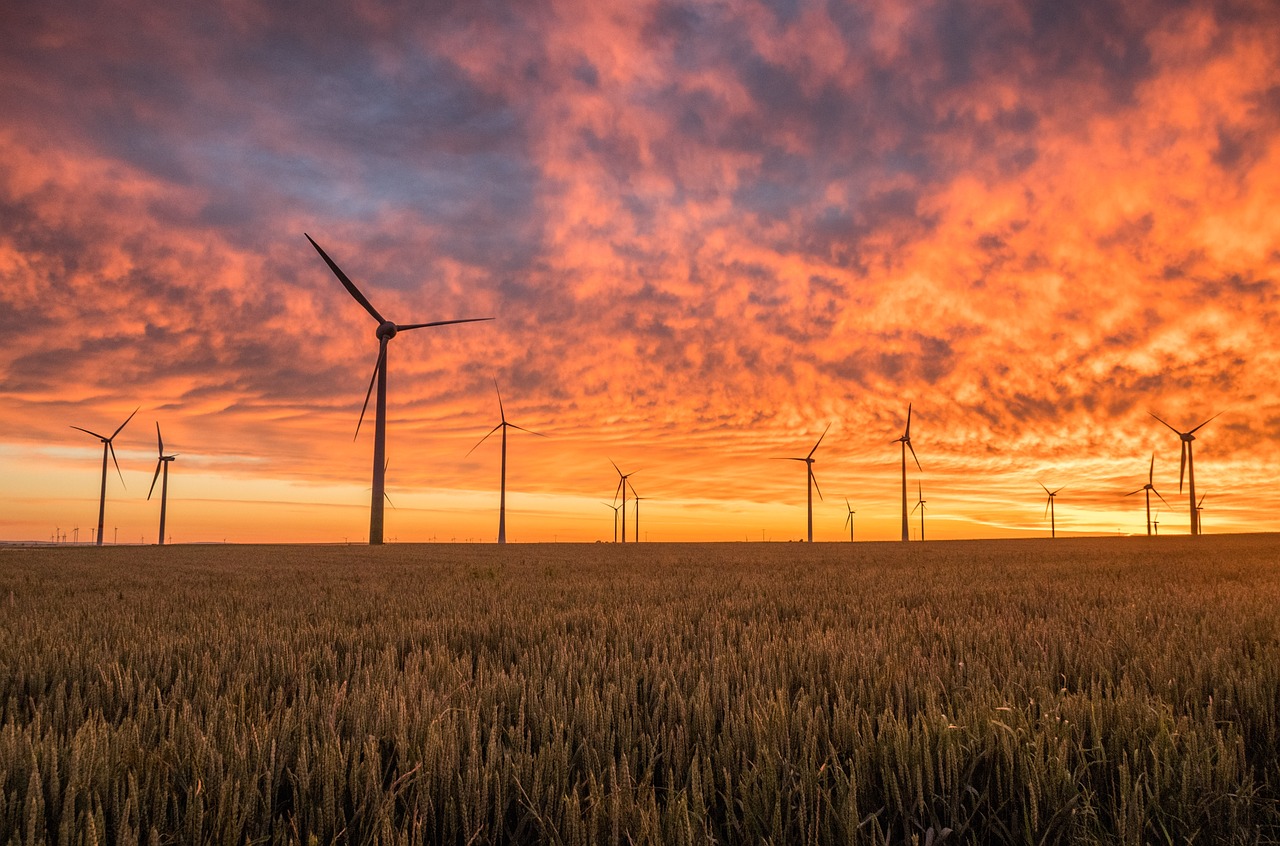
Exploring Hydropower
If we have access to a flowing water source, we might consider hydropower. It’s one of the most efficient renewable energy options.
Benefits of Hydropower
Hydropower offers significant advantages:
- Reliable and Consistent: Water flow can provide a constant power source.
- High Efficiency: Better energy conversion rates compared to other renewable energies.
- Low Operational Costs: Once set up, it requires minimal operational costs.
Installing a Micro-Hydro System
To install a micro-hydro system, we need to consider:
- Water Source: Ensure steady and sufficient flow rate.
- Permits: Obtain necessary water usage permits.
- System Design: Choose an efficient design that matches your water flow and energy needs.
- Installation: Often requires professional expertise due to the complexity.
Geothermal Energy: Tapping into Earth’s Heat
Geothermal energy systems use the stable temperatures underground to heat and cool homes.
Benefits of Geothermal Energy
Here’s why we might consider geothermal energy:
- Sustainable: Consistent and renewable.
- Energy Efficient: Uses 25-50% less electricity compared to conventional systems.
- Low Emissions: Reduces our carbon footprint significantly.
- Long Lifespan: Systems can last 25 years or more.
Installing a Geothermal System
Installing a geothermal system involves:
- Site Survey: Assess if our property is suitable for geothermal installation.
- Drilling: Involves drilling deep into the ground, a task for professionals.
- System Installation: Connect the ground loop to the heat pump.
- Regular Maintenance: Ensures efficiency and longevity of the system.
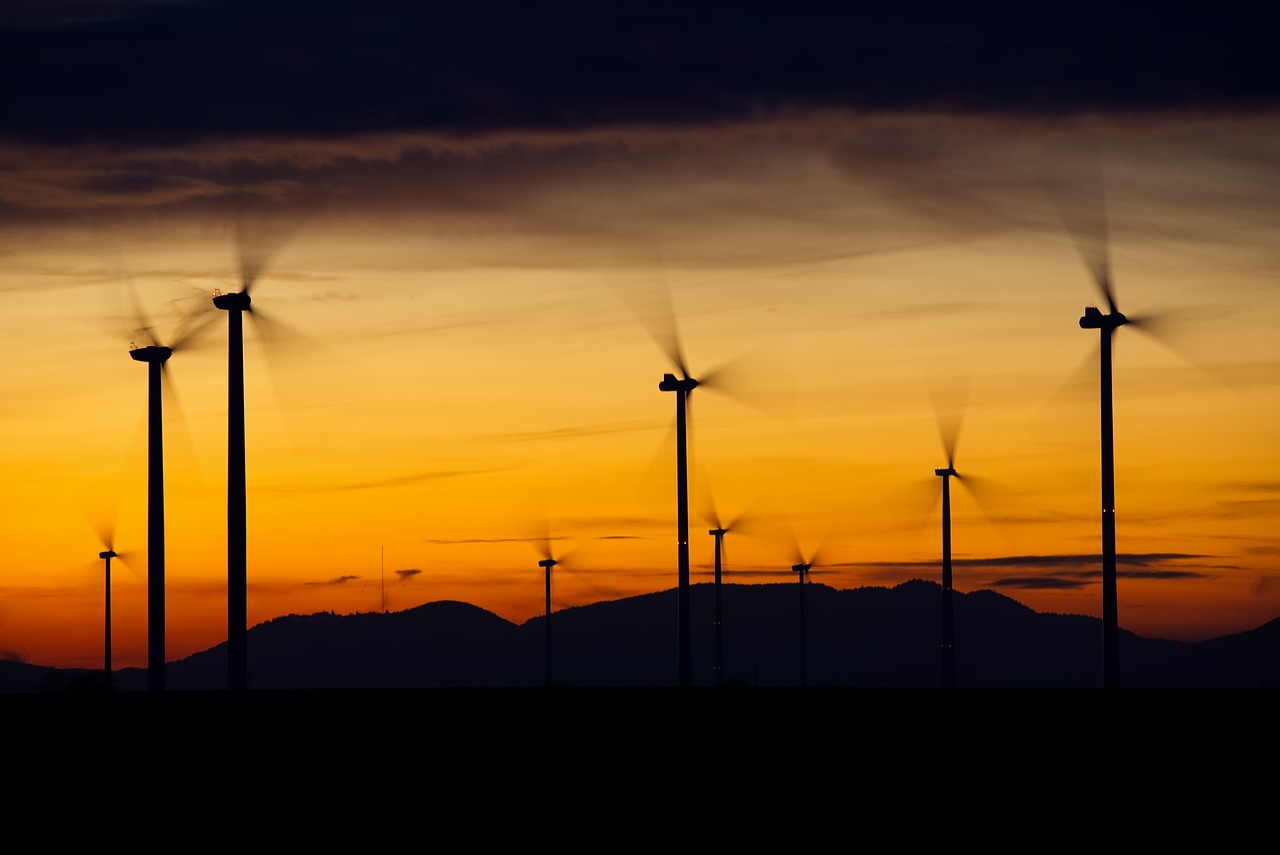
Biomass Energy: Utilizing Organic Materials
Biomass energy is produced from organic materials like wood, agricultural residues, and other biological substances.
Benefits of Biomass Energy
Biomass energy has multiple benefits:
- Renewable: Uses waste materials effectively.
- Carbon Neutral: Emit carbon that is part of the current carbon cycle.
- Versatile: Can be used for heating, electricity, and even fuel.
Setting Up a Biomass System
To set up a biomass system, consider the following:
- Source of Biomass: Ensure a steady supply of organic materials.
- System Type: Choose between pellet stoves, biomass boilers, etc.
- Installation: Requires professional installation for safety and efficiency.
Making the Transition Seamless
Switching to green energy may seem daunting, but it doesn’t have to be. Here are some steps to make the transition smoother.
Start Small
We don’t need to overhaul everything at once. Gradual steps can make the process more manageable:
- Energy-Efficient Appliances: Replace old appliances with energy-efficient models.
- Smart Thermostats: Use smart thermostats to better control heating and cooling.
- LED Lighting: Upgrade to LED bulbs which consume less energy.
DIY vs. Professional Help
Some installations like LED lighting upgrades can be a DIY project. However, for more complex systems like solar panels or geothermal systems, hiring professionals is advisable.
Monitor and Adjust
After making changes, it’s important to monitor energy use and make adjustments as needed. This ensures we’re maximizing the efficiency and benefits of our new systems.
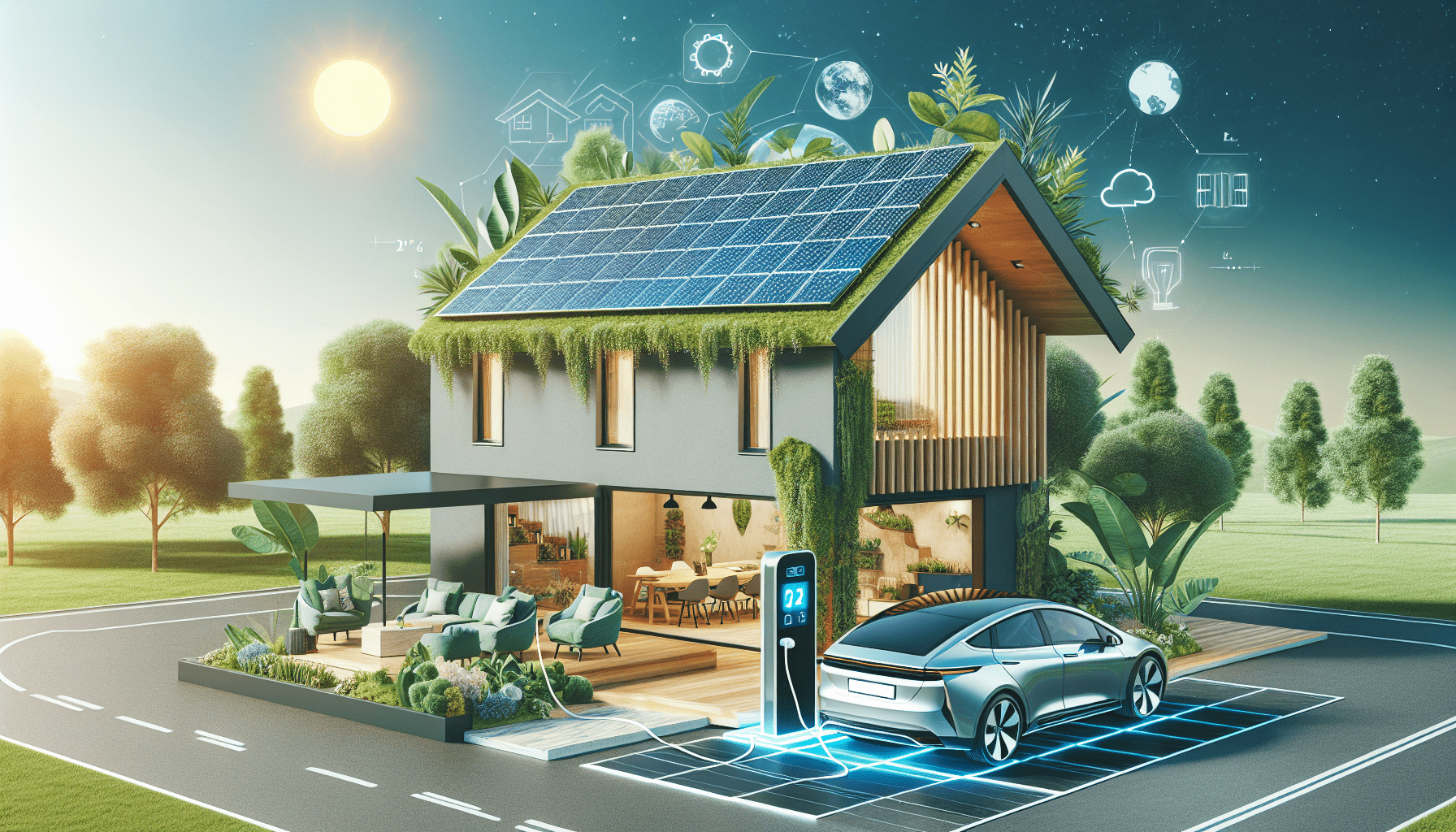
Conclusion
Switching to green energy at home is a rewarding journey that not only benefits the environment but also offers economic advantages. Whether we opt for solar panels, wind turbines, hydropower, geothermal systems, or biomass energy, every small step makes a significant impact.
By assessing our energy needs, exploring various green energy options, and making thoughtful transitions, we can create a sustainable and efficient household. Let’s take this exciting step towards a greener future together!
If you have any questions or need more information on a specific type of green energy, don’t hesitate to reach out. We’re on this journey together, and every bit of effort counts toward making a positive change for our planet.

